This site contains affiliate links. Please see Policies for more information.
High protein vegetables (and legumes) are important for a healthy lifestyle. If you are working on dieting and exercise, these high protein vegetables and legumes should be on your grocery list.
Protein is an active component in everything from muscle repair to hormone and enzyme production. In short, it’s important for all of your bodily functions!
Protein seems to always be a hot topic in the health and wellness world. Let’s take a look at not only why you need protein but also why you should be choosing high protein vegetables and legumes to fill out your daily meal plan.
How much protein do we really need?
As a Precision Nutrition Coach (Level 1), I agree with the recommendation that 20-30 grams of protein should be the ingested during any meal.
Studies have shown that eating more than 20-30 grams of protein in one meal doesn’t increase the amount of protein that your body can absorb in one sitting.
For those who eat a vegetarian or vegan diet, where we get most proteins from non-meat sources, this list of vegetables with the highest protein content can be very helpful when planning meals.
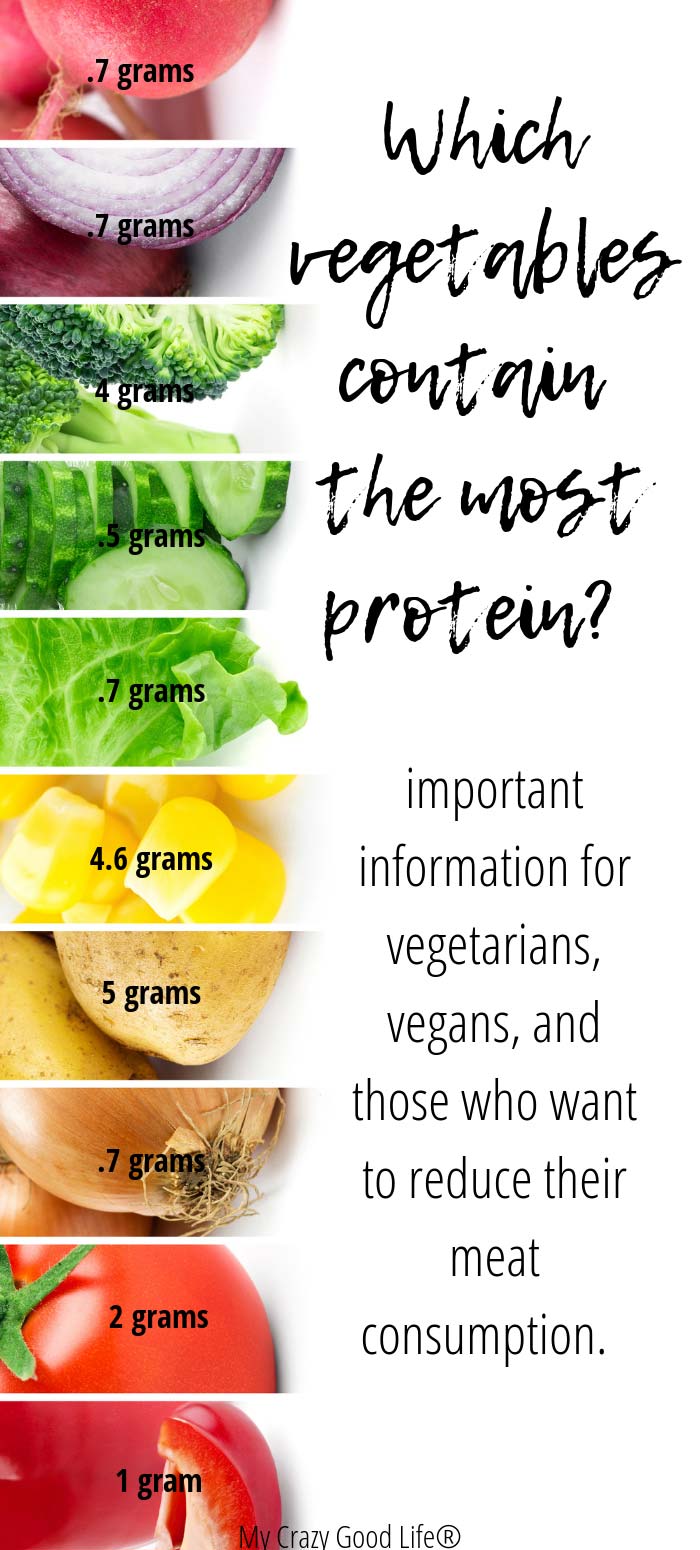
What is the best way to get the protein that we need from high protein vegetables?
Let’s look at the list of the vegetables high in protein (I’m including some legumes as well) so you can see how many awesome choices there are for natural, plant based sources of protein. These high protein veggies are not just for vegetarians and vegans, eating more plant based proteins is good for your body, the environment, your budget, and more!
Soybeans | 68 grams per cup | Ever wondered why they make protein alternatives from soy?! It’s because it’s protein packed and a great source of vitamins and nutrients! Soybeans are high in Vitamin C, Calcium, Iron, and Magnesium as well as protein.
Lentils | 18 grams per cup | Okay, so technically they’re not a vegetable but you should be treating them as well as you treat your veggies. These suckers are packed with protein, they’re inexpensive, and even dry ones cook up quickly!
Edamame | 18 grams per cup | That’s not a mixup…edamame has 18 grams of protein per cup. It’s an awesome choice for high protein vegetables.
Mung Beans | 12 grams per 1/4 cup | Mung beans have 12 grams per 1/4 cup dry! That helps to make them a great choice for high protein legume in a small serving size.
Green Peas | 8.5 grams per cup | Not all peas come in a can and make you think of baby food. Try fresh green peas which are delicious and even the frozen ones are more palatable than the canned option! Mix it up a bit and enjoy these tasty high protein vegetables.
Potatoes | 5 grams each (medium sized with skin) | Potatoes really get the short end of the nutrition stick sometimes but the truth is that they’re packed with protein, vitamin B-6, and vitamin C! Make sure to eat your baked potato with the skin for maximum benefits.
Sweet Corn | 4.6 grams per ear | Sweet corn is usually readily available both fresh and frozen so you can enjoy it year round for it’s awesome protein content, and tasty flavor (goes great in Stir Fry).
Artichokes | 4 grams each | Artichokes are great for protein and if you haven’t checked out our favorite way to eat artichokes yet this might make you a believer!
Broccoli | 4 grams per stalk (medium sized) | Broccoli is topping the list because it not only has a good amount of protein per serving it’s also packed with vitamins and minerals!
Arugula | 3 grams per 100 grams | If you aren’t putting arugula in your salads you are missing out on an easy way to naturally bump up your protein levels without adding extra calories, fat, or fillers!
Brussels Sprouts | 3 grams per cup | Not as impressive as lentils but these tasty little sprouts are still an excellent choice. They’re low in calories, very versatile (shred them in a salad sometime), and they have a lot of important nutrients and vitamins aside from their protein contributions!
Asparagus | 3 grams per 1/2 cup | I love that eating this delicious and easy to roast veggie can help bump up my protein intake for the day!
Avocado | 3 grams each | Avocados are great for more than just guac…they’re also high in healthy fats, they have protein, and you can hide them in desserts like chocolate pudding, what could be better than that?!
Mushrooms | 3 grams per cup | At just 20 calories per cup you can’t overlook mushrooms. They have high potassium levels, protein levels, and other disease fighting nutrients that your body craves!
Spinach | 3 grams per 100 grams | Spinach can be used in salads, dips, and more and you’re getting a nice little protein boost without adding much in the way of calories! Spinach is a powerful leafy green that provides may health benefits while also being a good source of vitamins and nutrients.
Okra | 2.4 grams per 1/2 cup | Okra is delicious in your egg scramble or even breaded and cooked in an air fryer!
Beets | 2 grams per 1/2 cup | Did you know that you can also eat the stems/stalks of the beet? It tastes similar to celery!
Mushrooms | 2 grams per 1/2 cup | Mushrooms are pretty much my favorite vegetable, and they’ve got a ton of nutrients–and a decent amount of protein!
Cauliflower | 2 grams per cup | Cauliflower is one of those vegetables that people often overlook. It’s got a good amount of protein for the calories and it can be hidden in just about anything…like mashed potatoes, the perfect side dish!
Tomatoes | 2 grams per 1/2 cup | One of my favorite veggies, especially in the summer!
Spinach | 2 grams per 1/2 cup | You can easily get 1/2 cup of spinach in every day by adding it to sandwiches, a salad, or even a smoothie!
Yam | 2 grams per 1/2 cup | Sweet potato fries, anyone?
Spring Onion | 2 grams per 1/2 cup | I use these to top salads, roasted vegetables, and even in tacos.
Leek | 1.6 grams per 1/2 cup | Not the most common vegetable, I know, but leeks are super nutritious and easy to eat–cooked or raw!
Parsnip | 1.5 grams per 1/2 cup | Parsnips also have 3 grams of fiber per serving, making them a great snack that your belly will thank you for :)
Bell Peppers | 1 gram per 1/2 cup | Out of all the veggies, we eat peppers most in our home. They’re easy to eat raw or cooked, and are so easy to grill. You can slice them, stuff them, or add them into dishes.
Fennel | 1 gram per 1/2 cup | Fennel has so many nutrients that it’s considered a heart healthy vegetable.
Cabbage | 1 gram per 1/2 cup | Definitely not a powerhouse of protein, but every little bit adds up.
Turnip | .8g per 1/2 cup | I love cutting these into slices and making turnip fries!
Onion | .7g per 1/2 cup | Easy to add to any meal–I keep diced onions in my freezer at all times.
Radish | .7g per 1/2 cup | I had an overabundance of radishes in my garden this year, and I love that they contain protein! I also love that cooking radishes in a soup or stew can mimic a potato!
Lettuce | .7g per 1/2 cup | Salads just leveled up!
Pumpkin | .5g per 1/2 cup | Pumpkin is one of our favorite ways to hide extra veggies in recipes, and even a little bit more protein is always appreciated.
Carrots | .5g per 1/2 cup | I love that this easy to snack on veggie can provide a bit of protein to our day. Dipping this in a high protein dip will also help.
Celery | .5g per 1/2 cup | Another great snacking veggie that can add to your total protein intake for the day!
Cucumber | .5g per 1/2 cup | My favorite snacking veggie! I eat about a cup of cucumbers every day.
What is protein?
Chemically speaking, protein is built from amino acids. Amino acids make up proteins which then in turn make up muscle mass. Protein is one of the three macronutrients (fat and carbohydrates are the other two) our bodies use to sustain life. Macronutrients provide calories which our bodies use for energy.
When protein is broken down it helps sustain our muscles, as well as work to build new muscle mass. Protein is essential to our metabolism this way.
Why do we need protein?
Our bodies are about 15% protein. Much like water, we have to replace the proteins our bodies use each day and we need to supply our body with protein to help aid in building new muscle mass. This is especially important when we’re working hard to lose weight, cutting down on fat and building muscle would not be possible within our bodies without proteins.
Another reason we need to consume proteins is that our bodies can make certain amino acids but not others. Some of the amino acids we need to build proteins within our bodies can only come from food.
What happens if we eat too much protein?
Extra protein is stored as fat, so weight gain can be something we might experience when we regularly eat too much protein. Remember, there is such a thing as too much of a good thing.
Other effects of eating too much protein are bad breath, stomach and digestive issues, kidney damage, and other negative effects on your organs.
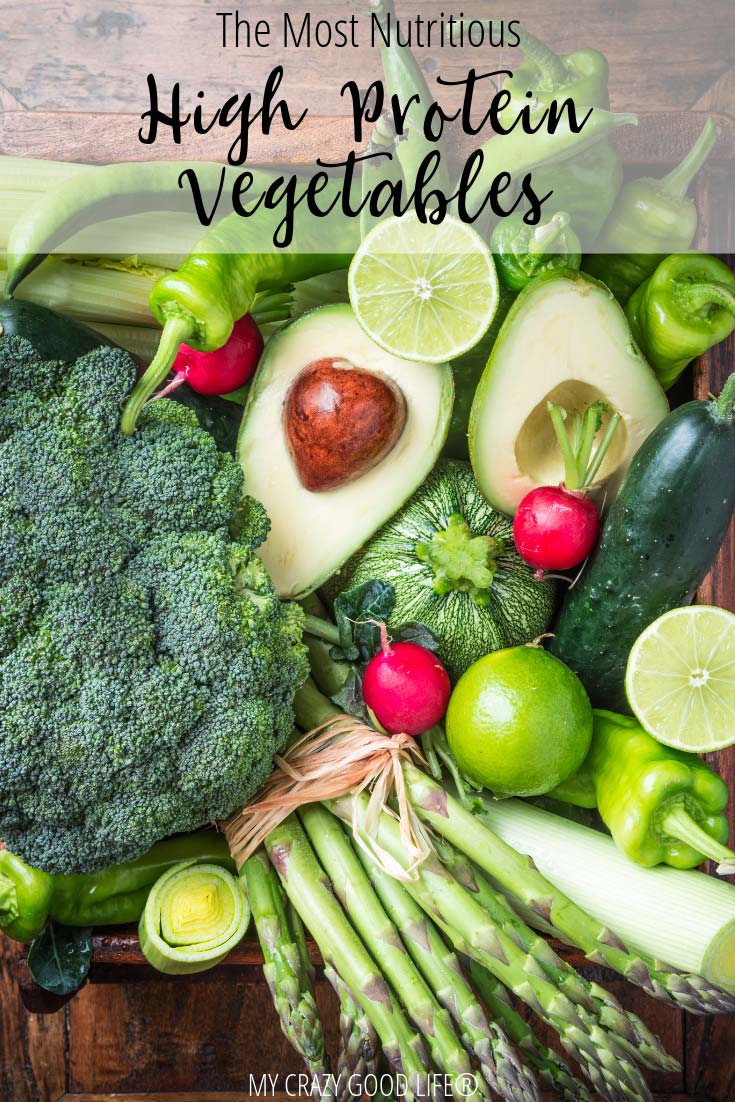
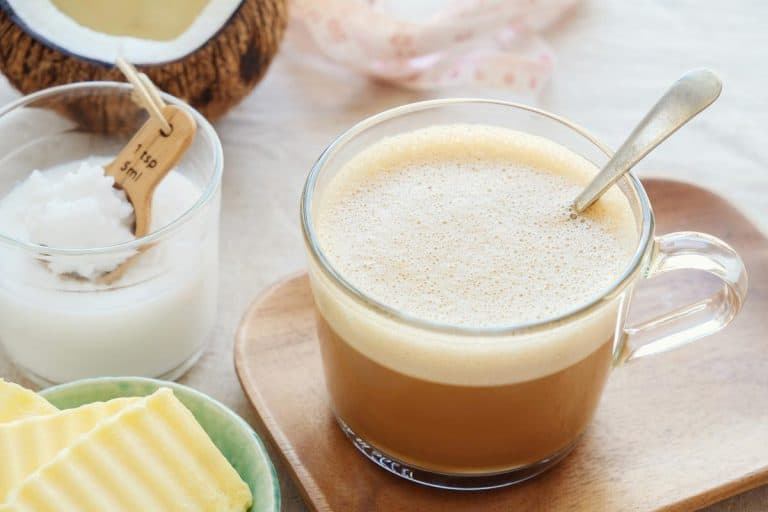

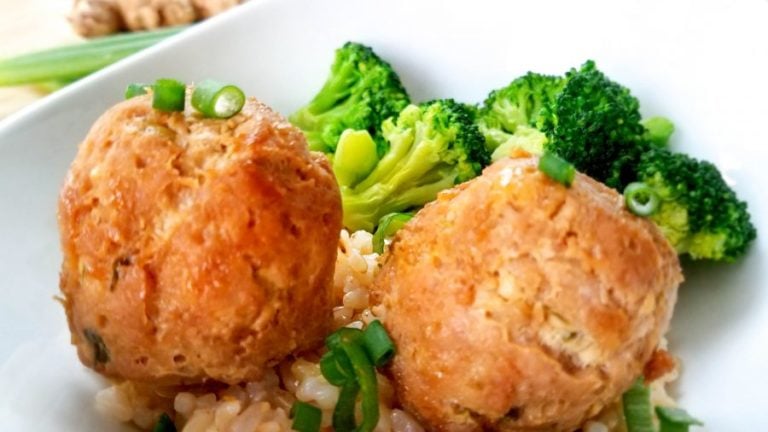
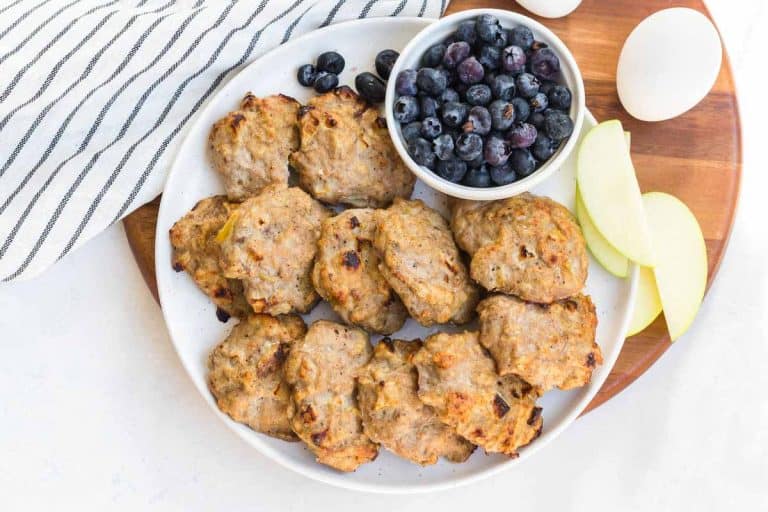
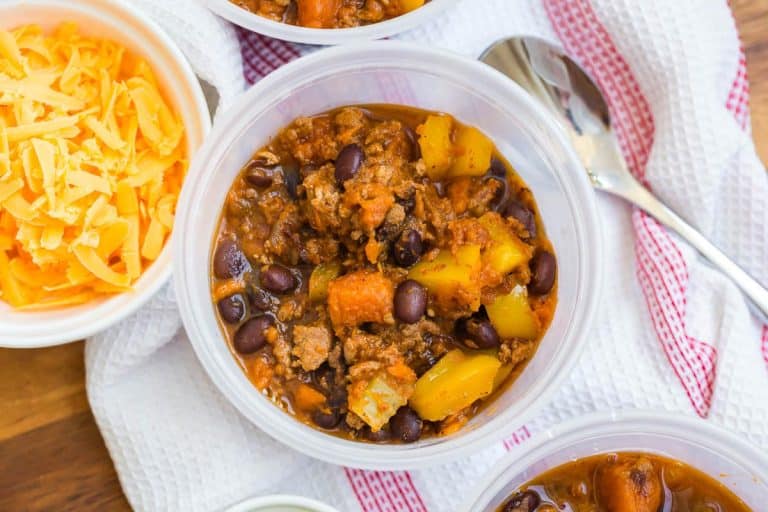

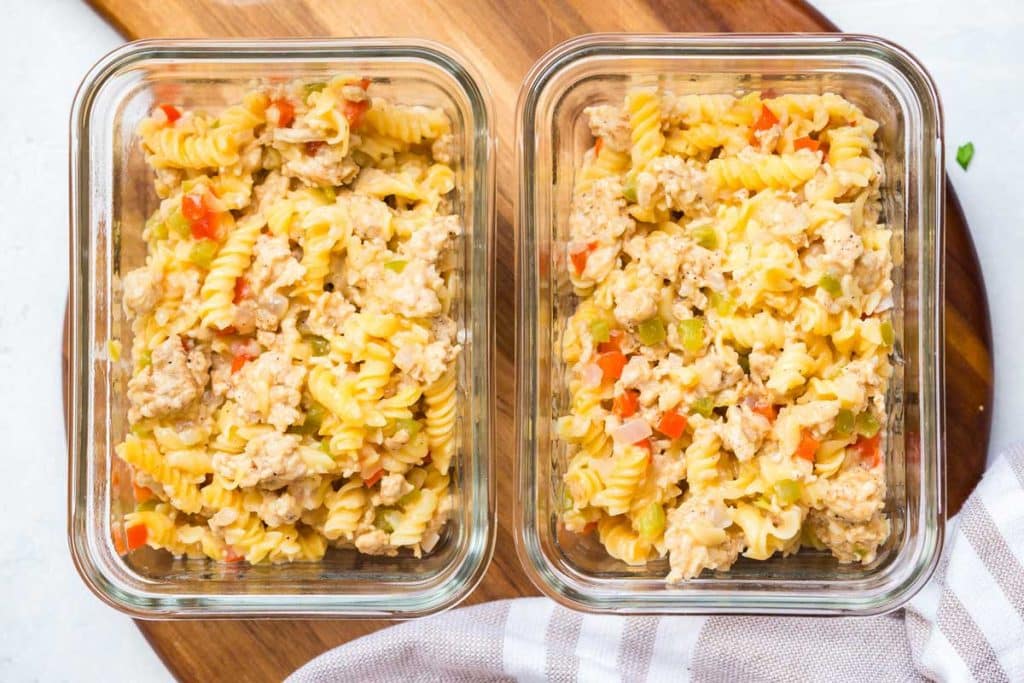
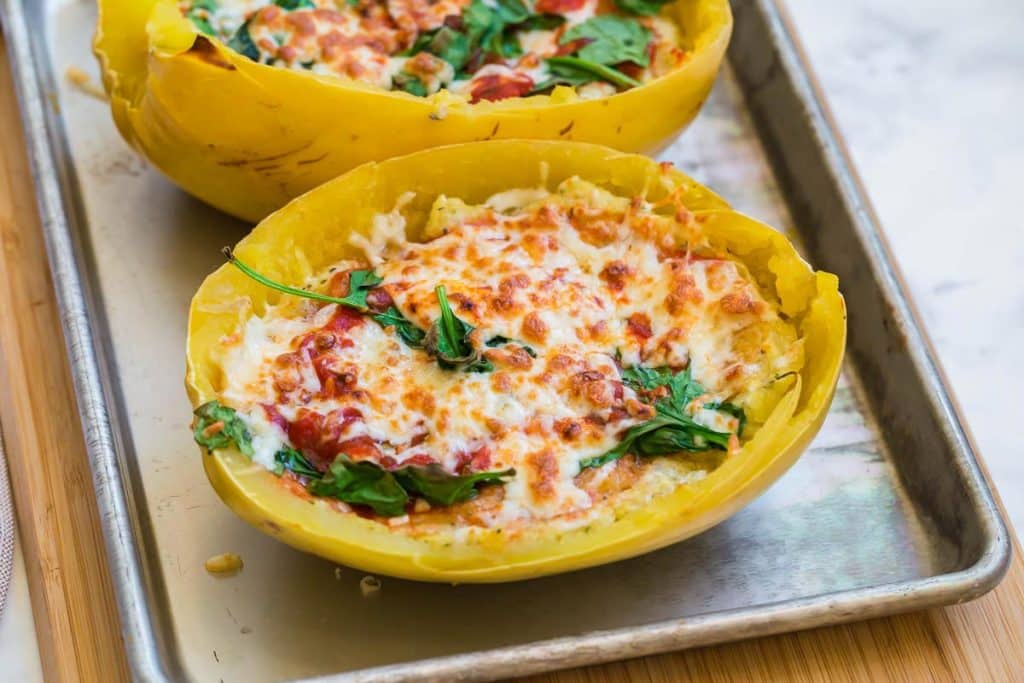
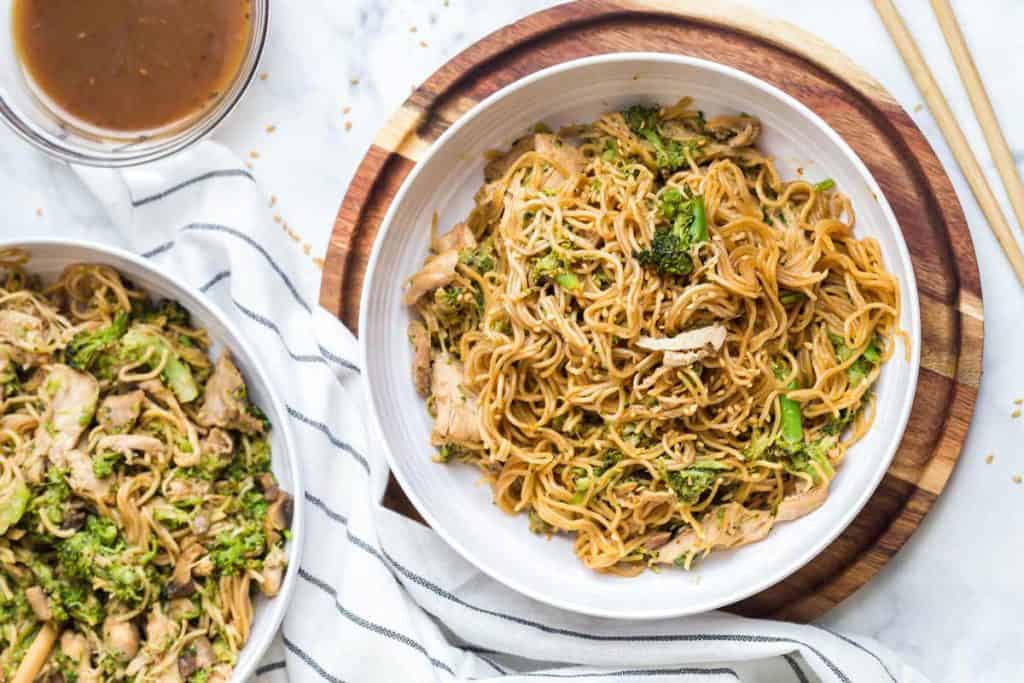
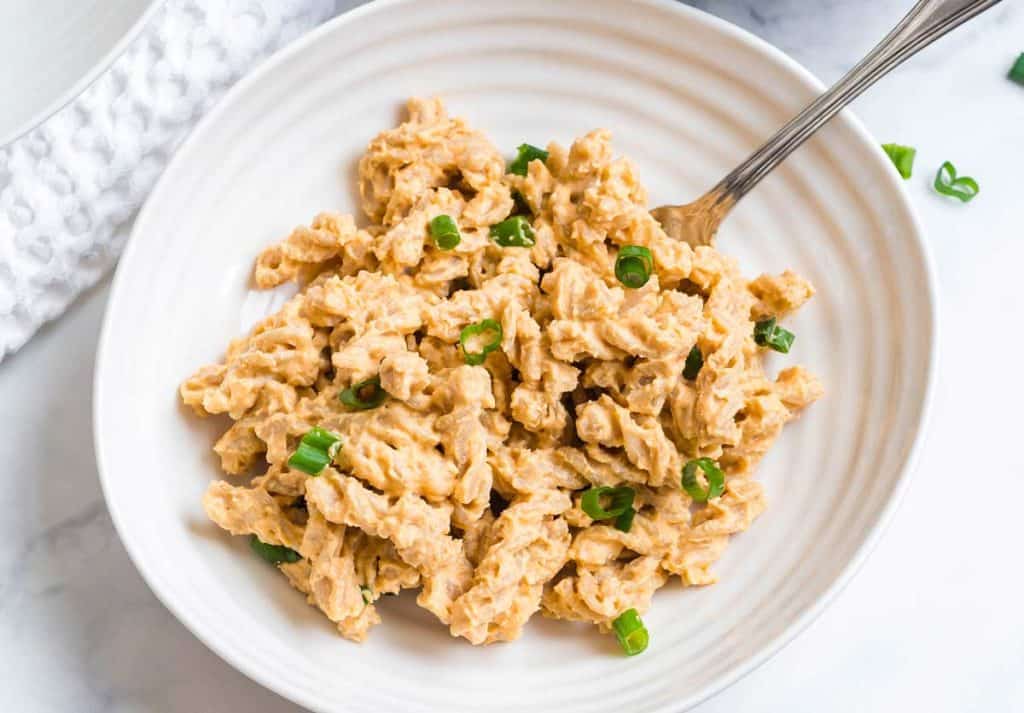
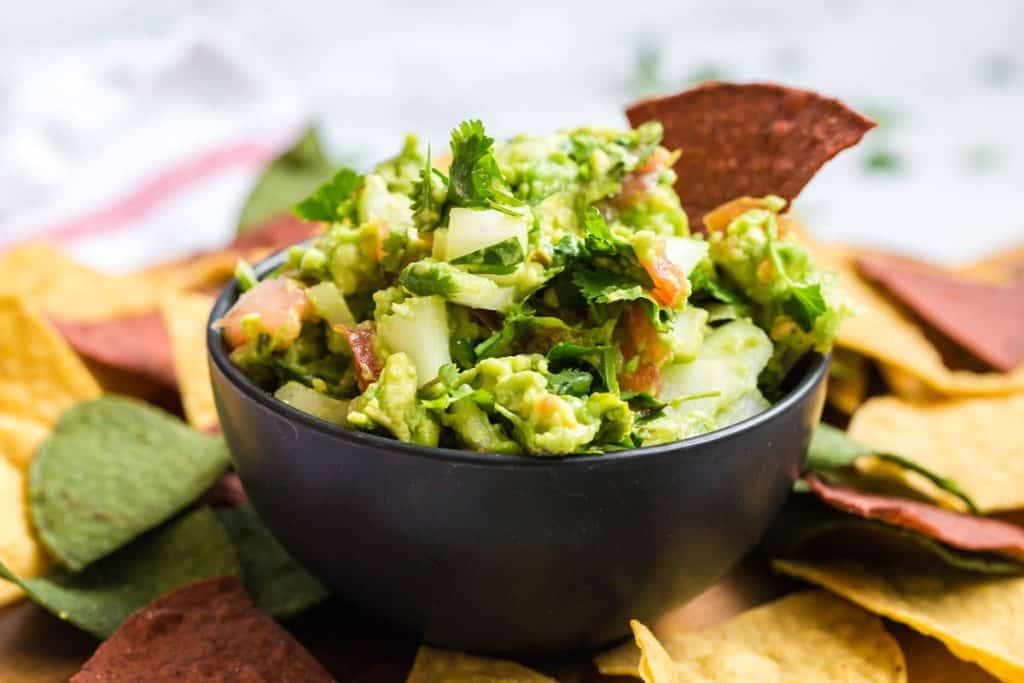
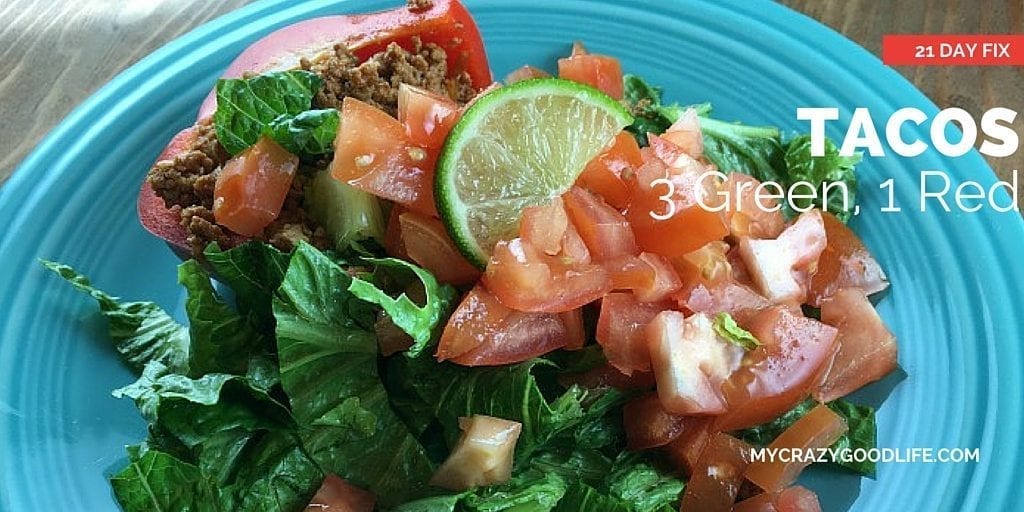
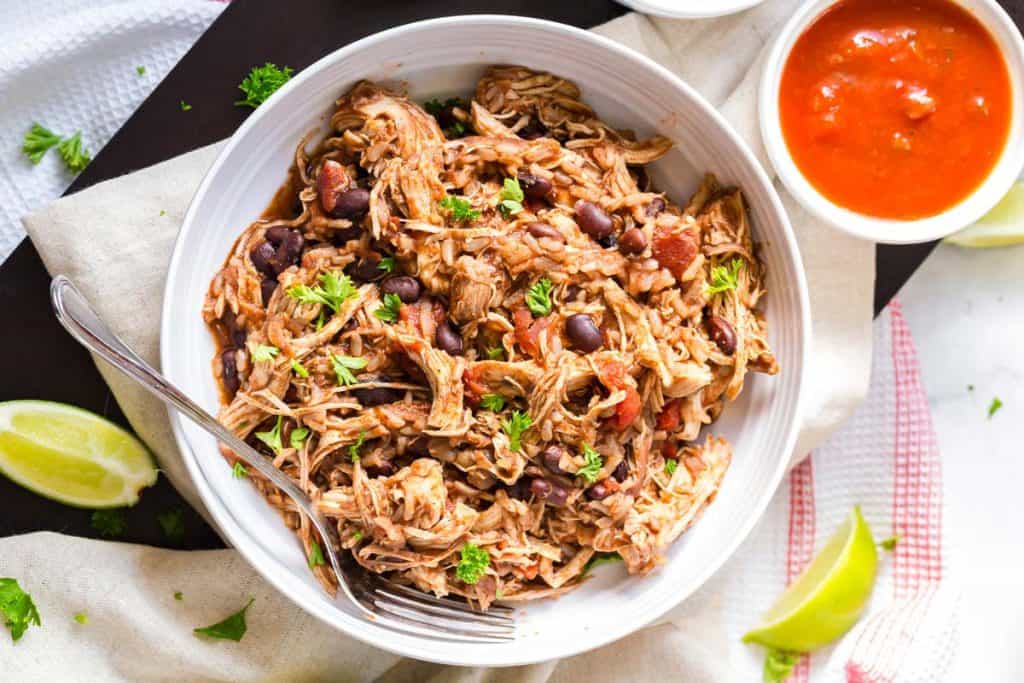
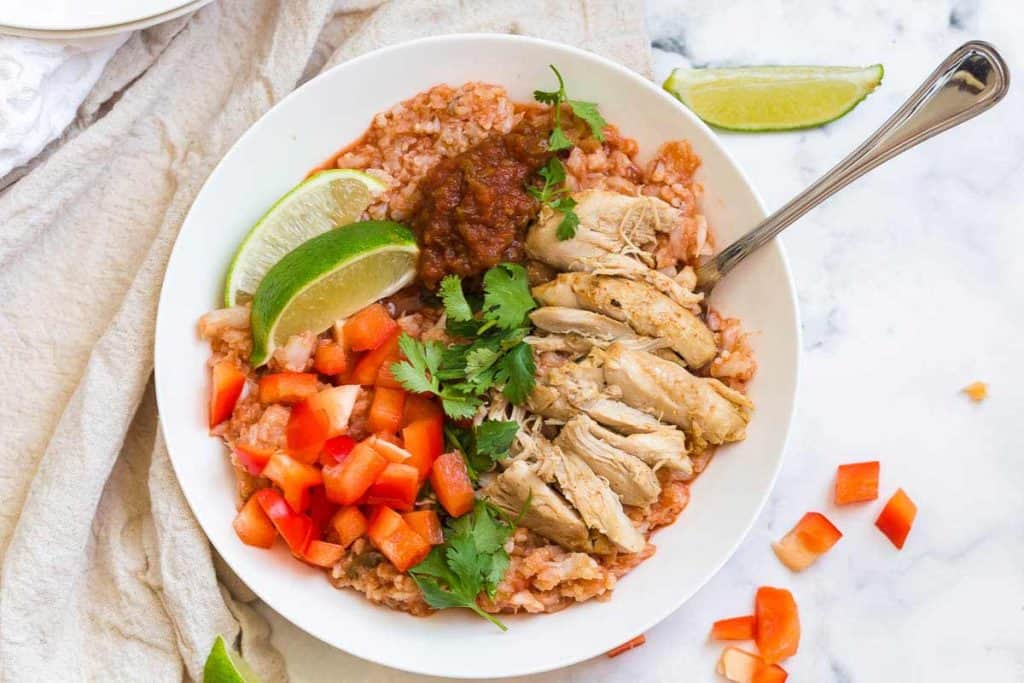
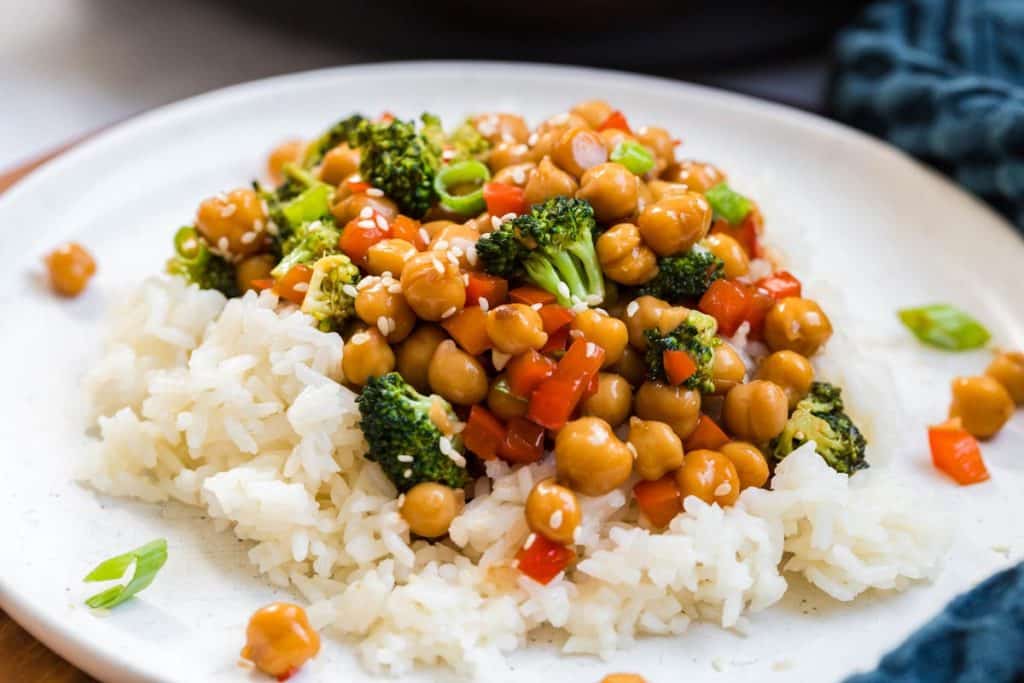
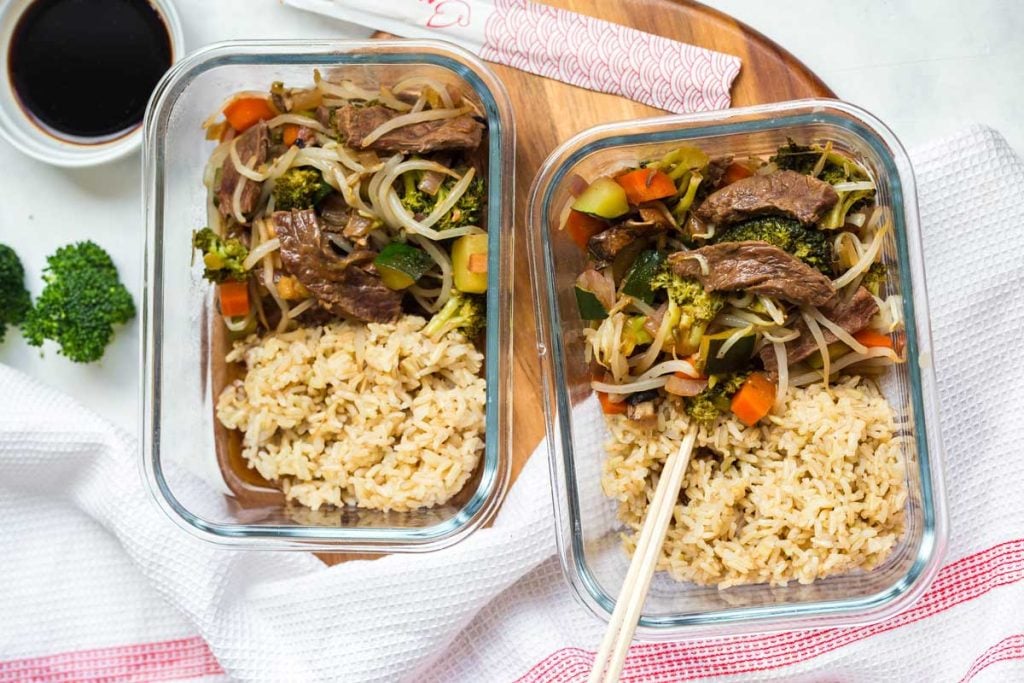
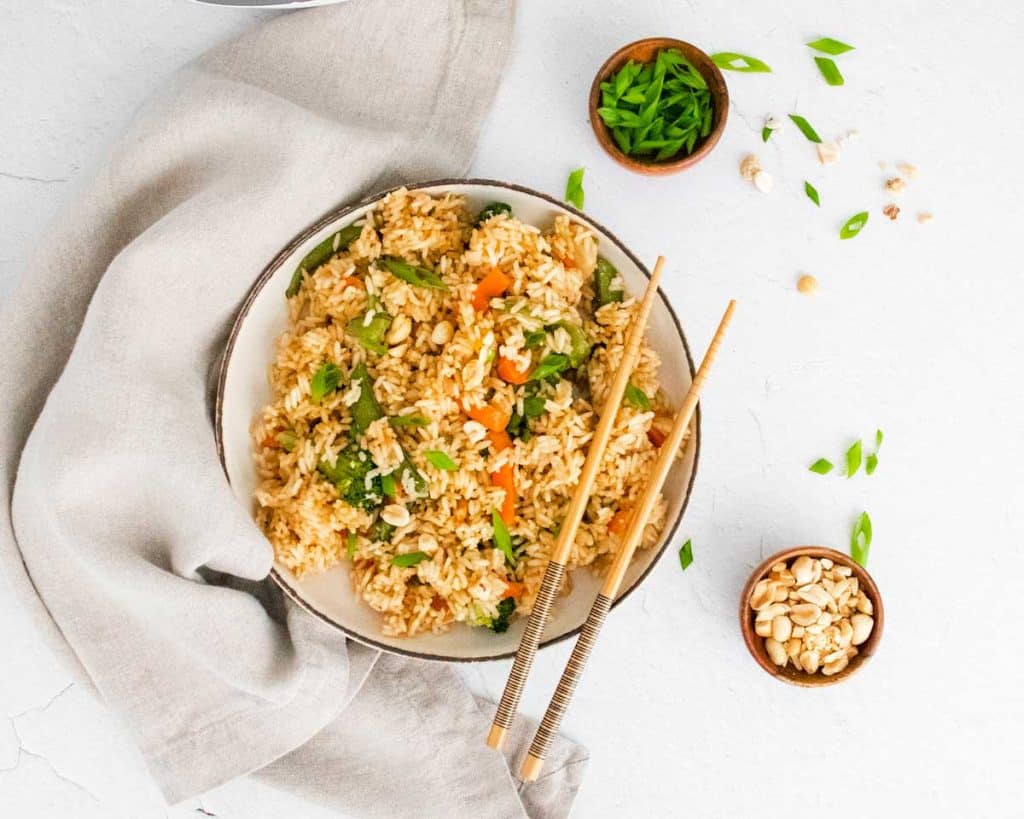
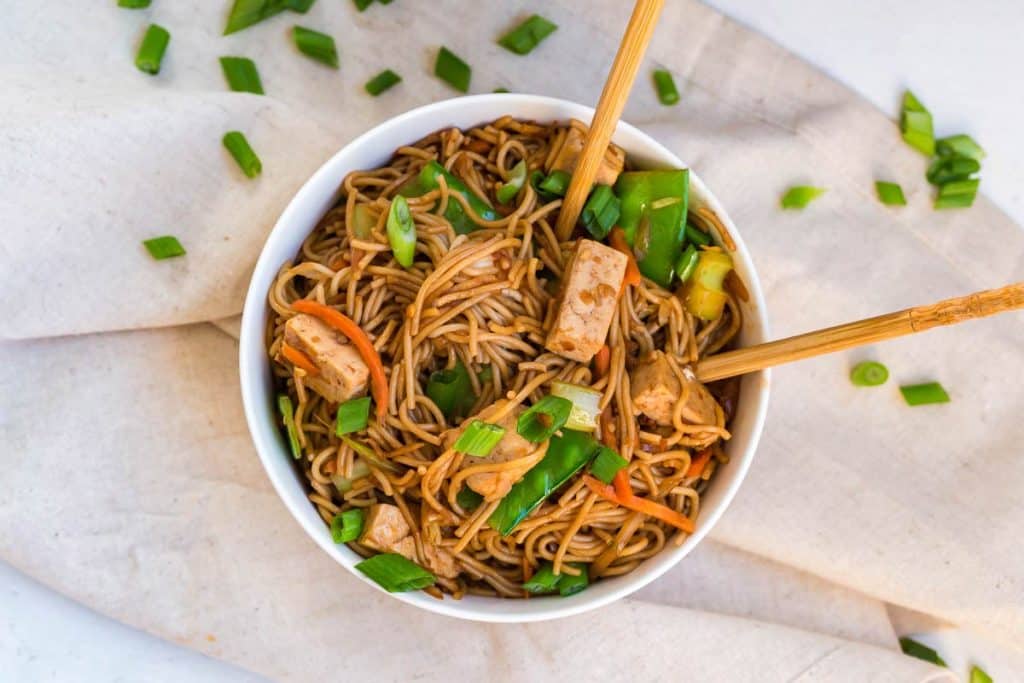
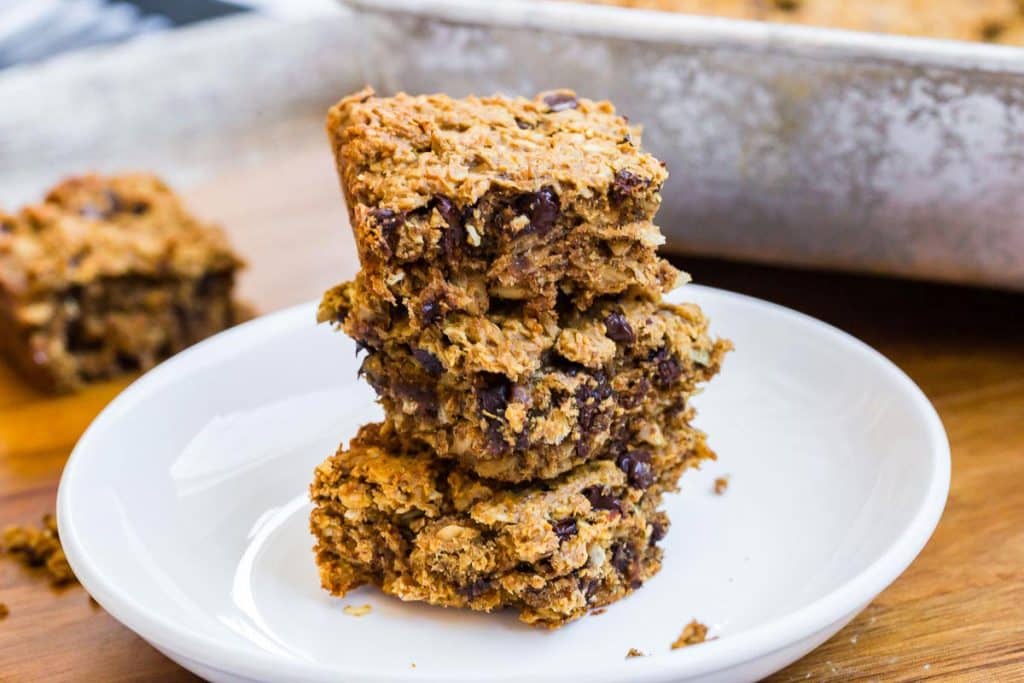
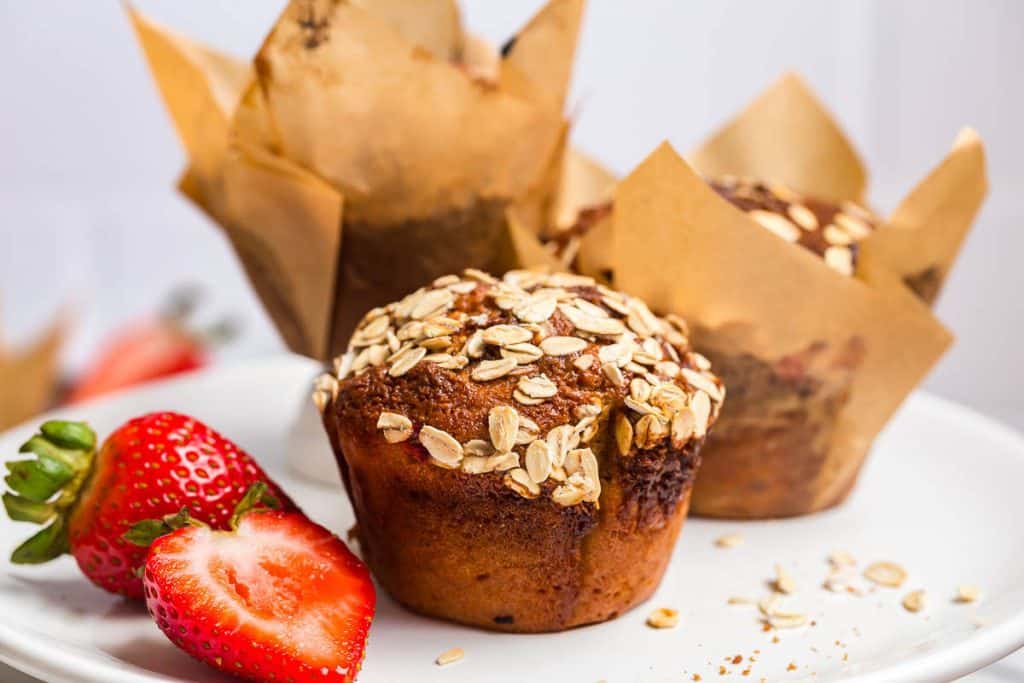
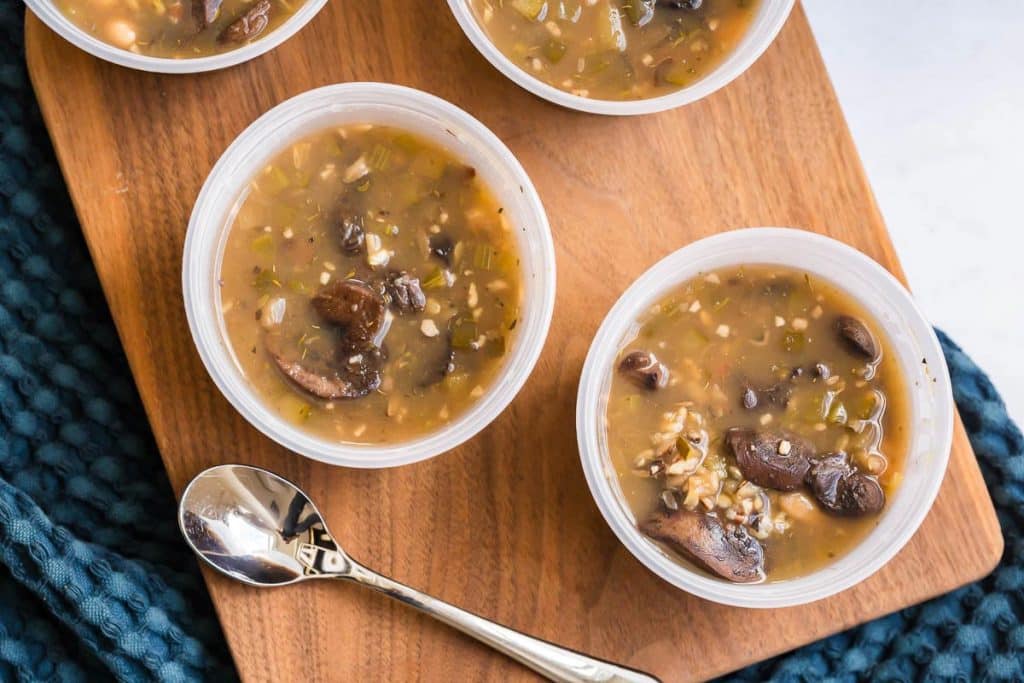
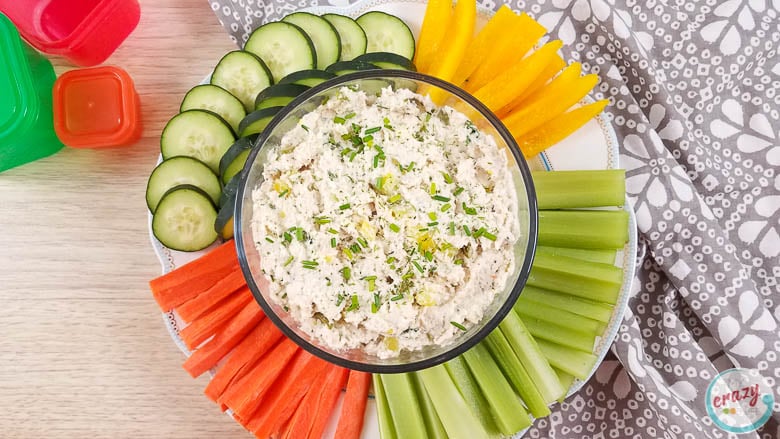
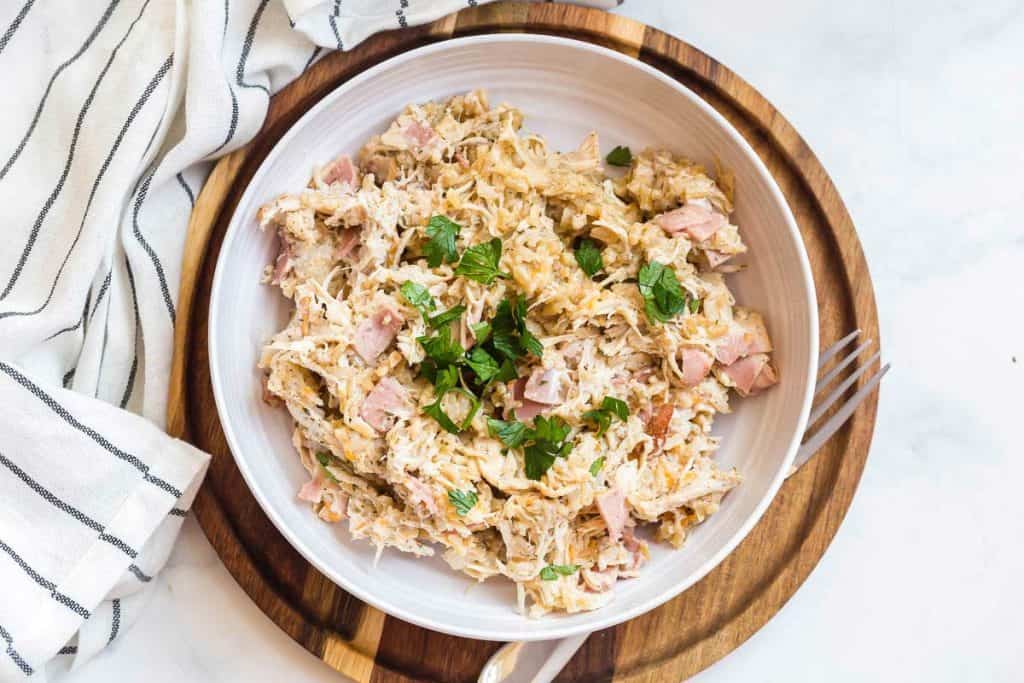

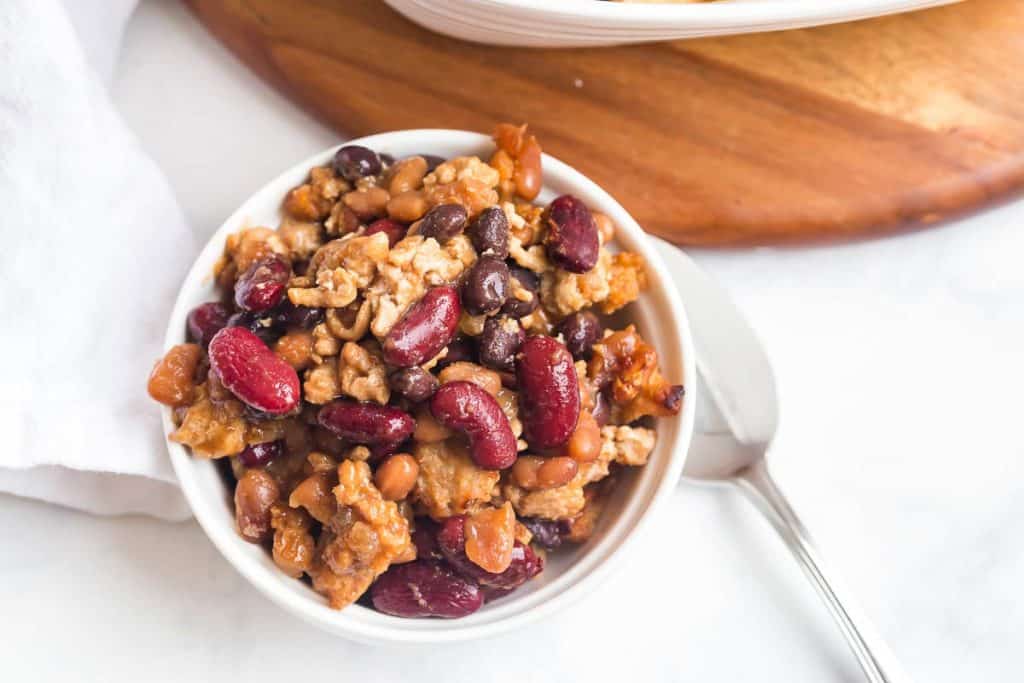











Did you love this recipe?
Make sure to comment below so we can chat about it!